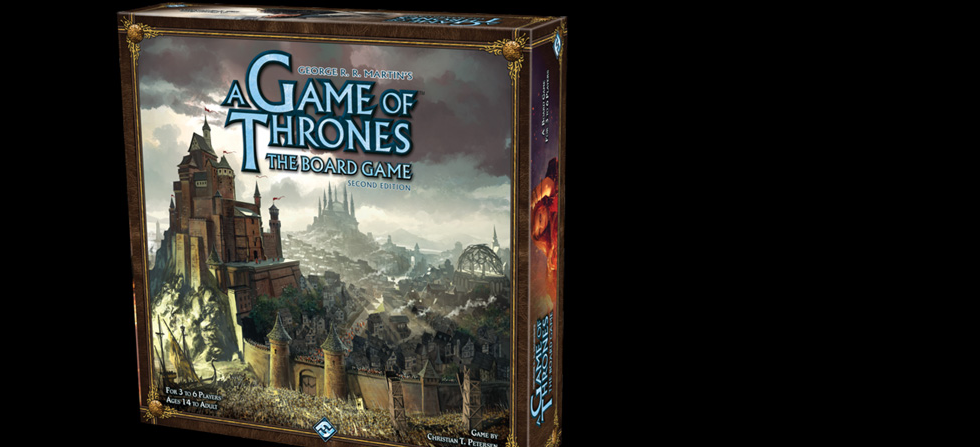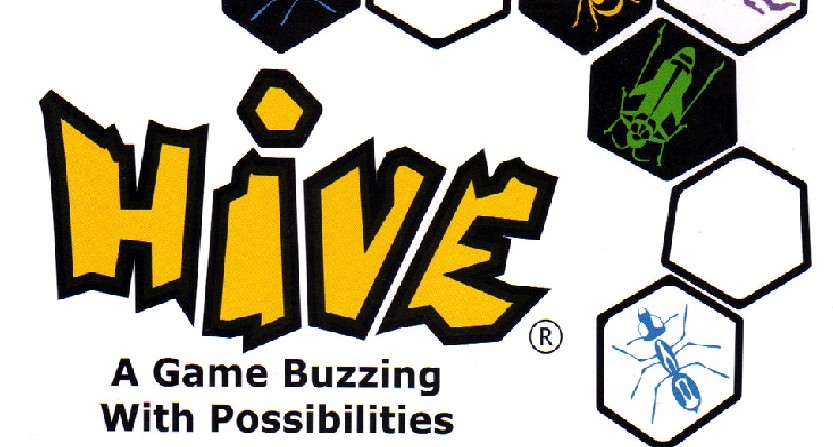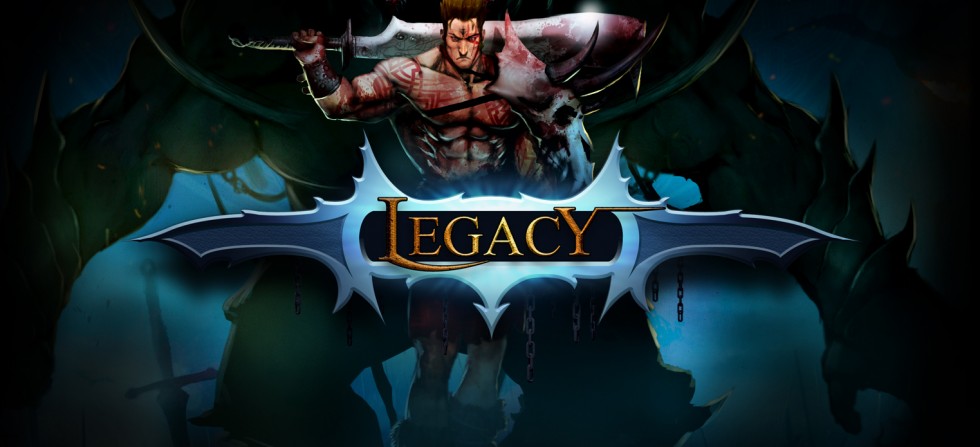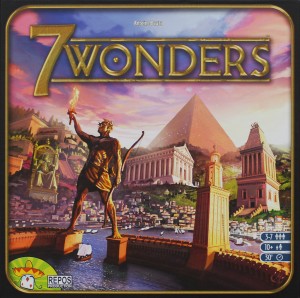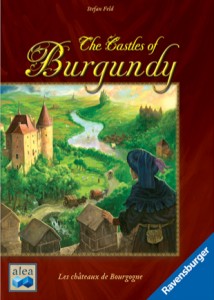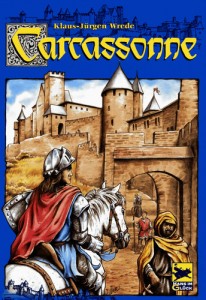Game of Thrones
Based on the best-selling novel series A Song of Ice and Fire by George R. R. Martin, A Game of Thrones: The Board Game Second Edition lets 3-6 players take control of the great houses of Westeros in an epic struggle to claim the Iron Throne.
Voice of the Mummy
Players move around a multi-level pyramid collecting gems; small battery-powered record player inside sarcophagus at the center of the board instructs players who land on certain spaces on their moves or gem collecting.
Hive
Chess, reborn, in the form of ants, grasshoppers, dung beetles, spiders, and grasshoppers. An amazingly complex yet simple abstract strategy game.
Legacy The Card Game
An Expandable card game that uses Line of sight mechanics to add a layer of depth and strategy to this already awesome roleplaying-fantasy card game.
Lift Off! Get me off this Planet
A 45min, semi-cooperative game (2-5 players). Race to save your aliens before the planet explodes!
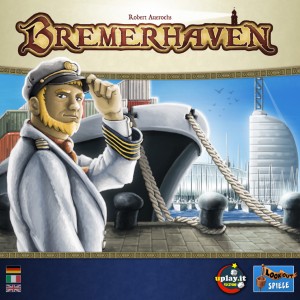 Last week on Worker Wednesday we looked at a game that splits the fence on if it counts as worker placement game in Castles of Burgundy; this week I will continue in the world of ambiguity; why? Because some men just want to watch the world burn… So let us look at Bremerhaven and ask the question is it really a worker placement game?
Released 2013
Designer: Robert Auerochs
Plays: 1-4
EPT: 90 minutes
Bremerhaven gives players the chance to take on the position of a harbor manager controlling the incoming and outgoing of goods with the end goal of having the highest score once the final round is over; this score is calculated by multiplying your remaining money by your harbor’s prestige.
The game takes place on three main boards; water,...
Last week on Worker Wednesday we looked at a game that splits the fence on if it counts as worker placement game in Castles of Burgundy; this week I will continue in the world of ambiguity; why? Because some men just want to watch the world burn… So let us look at Bremerhaven and ask the question is it really a worker placement game?
Released 2013
Designer: Robert Auerochs
Plays: 1-4
EPT: 90 minutes
Bremerhaven gives players the chance to take on the position of a harbor manager controlling the incoming and outgoing of goods with the end goal of having the highest score once the final round is over; this score is calculated by multiplying your remaining money by your harbor’s prestige.
The game takes place on three main boards; water,...
 Last week on Worker Wednesday we looked at a game that splits the fence on if it counts as worker placement game in Castles of Burgundy; this week I will continue in the world of ambiguity; why? Because some men just want to watch the world burn… So let us look at Bremerhaven and ask the question is it really a worker placement game?
Released 2013
Designer: Robert Auerochs
Plays: 1-4
EPT: 90 minutes
Bremerhaven gives players the chance to take on the position of a harbor manager controlling the incoming and outgoing of goods with the end goal of having the highest score once the final round is over; this score is calculated by multiplying your remaining money by your harbor’s prestige.
The game takes place on three main boards; water,...
Last week on Worker Wednesday we looked at a game that splits the fence on if it counts as worker placement game in Castles of Burgundy; this week I will continue in the world of ambiguity; why? Because some men just want to watch the world burn… So let us look at Bremerhaven and ask the question is it really a worker placement game?
Released 2013
Designer: Robert Auerochs
Plays: 1-4
EPT: 90 minutes
Bremerhaven gives players the chance to take on the position of a harbor manager controlling the incoming and outgoing of goods with the end goal of having the highest score once the final round is over; this score is calculated by multiplying your remaining money by your harbor’s prestige.
The game takes place on three main boards; water,...


